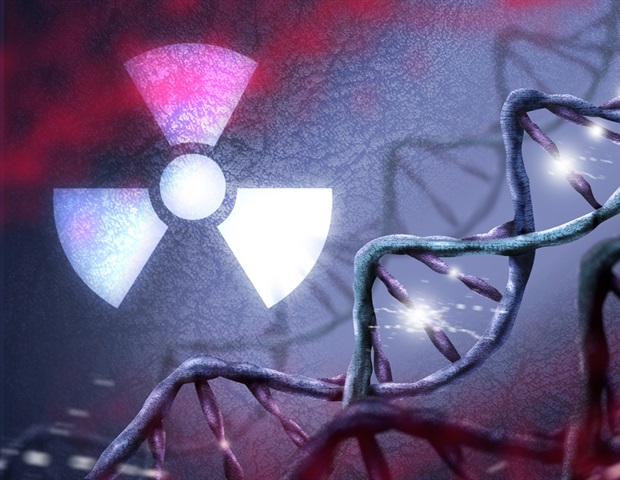
Results of the NRG Oncology clinical trial NRG-HN002 indicated that the combination of intensity-modulated radiotherapy (IMRT) and cisplatin was able to meet acceptability criteria for progression-free survival (PFS) and swallowing-related quality of life for patients who have p16-positive, non-smoking-associated oropharyngeal cancer.
These results were highlighted during the plenary session at the American Society for Radiation Oncology's (ASTRO) Annual Meeting in September 2019 and this presentation was the recipient of ASTRO and ABR Foundation's Steven A. Leibel Memorial Award at the Meeting. The abstract was one of four abstracts chosen from over 3,000 submitted abstracts for the plenary session.
NRG-HN002 was designed with two parallel experimental arms, consisting of either IMRT with cisplatin over six weeks or modestly accelerated IMRT alone over five weeks. The primary goal of the trial was to determine which treatment option would achieve an acceptable PFS rate without unacceptable swallowing-related quality of life as measured by the MD Anderson Dysphagia Inventory (MDADI).
Additionally, overall survival (OS) was tracked as a secondary endpoint among patients on the treatment arms. Following treatment, the 2-year PFS rate was 90.5% and the 1-year mean of MDADI score was 85.3 points for patients that received IMRT and cisplatin. These rates indicate that IMRT and cisplatin treatment met the acceptability criteria for both 2-year PFS and 1-year MDADI.
Patients on the IMRT and cisplatin arm reported higher rates of grade 3 or greater acute toxicities than patients who received IMRT alone, but grade 3 or greater late toxicity rates and overall survival rates were statistically similar on each treatment arm.
"Based on the study design and the 2-year PFS estimate of 90.5% for the IMRT and cisplatin arm, there is data evidence to conclude that the 2-year PFS for the IMRT and cisplatin arm in this population is greater than 85%. In the radiation alone arm, there is not enough data evidence to conclude that the 2-year PFS in this population is greater than 85%, despite the 2-year PFS estimate of 87.6% in this arm. Both treatment arms were able to pass the MDADI threshold," stated Sue S. Yom, MD, PhD, of the University of California, San Francisco and principal investigator of NRG-HN002.
NRG-HN002 had 306 patients that were eligible and randomly assigned to receive either IMRT with cisplatin (157) or IMRT alone (149). Of 157 patients assigned to received IMRT and cisplatin, 80.9% completed 5 or more cisplatin cycles and 72.6% received at least 200mg/m2.
On the IMRT and cisplatin arm there were 15.1% grade 4 and 64.5% grade 3 acute toxicities, 1.3% grade 4 and 20.0% grade 3 late toxicities reported. Patients on the IMRT alone treatment arm experienced 2.0% grade 4 and 50.3% grade 3 acute toxicities and 1.4% grade 4 and 16.7% grade 3 late toxicities.
No grade 5 toxicities were reported on either arm. Estimated 2-year OS rates were 96.7% for IMRT and cisplatin treatment and 97.3% for IMRT alone. Nine patients withdrew consent from the trial and five participants did not have 2-year assessments to include in the results.
NRG Oncology






No comments
Post a Comment